The film opened in theaters nationwide on April 4 and by April 11 had grossed more than 100 billion VND.
Scene of soldiers showing their determination to fight.
The film is set in 1967 at the Binh An Dong base, Cu Chi tunnels - the "steel citadel" in the resistance war against the US. The guerrilla team of 21 people, led by soldier Bay Theo (Thai Hoa), operates secretly in a complex underground tunnel system. This time, they are assigned to protect the base so that the strategic intelligence team of soldier Hai Thung (Hoang Minh Triet) can transmit secret information via radio waves. When discovered by the US army, the guerrilla team must face fierce sweeps using tanks, bombs, toxic chemicals... The unequal battle is fierce and each soldier is sacrificed, but they still fight steadfastly until the last moment to complete the mission.
With a duration of 128 minutes, director Bui Thac Chuyen did not set out to sketch the entire picture of the tunnels, but only recreated a period, a vital mission of the guerrilla team. Therefore, the film does not have battles with grand scenes, nor is it exploited according to individual heroism or outstanding main characters. Instead, the film has a documentary style consisting of slices of life, with a meticulous and thorough description of the life and fighting style of the guerrilla team under the Cu Chi tunnels. All are depicted in a cinematic style, without narration, without flashbacks, but clearly shown through each angle and frame so that viewers can feel the hardships and sacrifices of the guerrilla team.
The film's flow is calm, but the audience is impatient because they can feel the authenticity through each shaking in the tunnels, the sand and dirt flying when the US bombs or sweeps; the suffocation and claustrophobia when having to crawl under narrow, winding tunnels for a long time; the brown tones of mud, sweat, and cloth clothes seem to seep into the characters' skin for most of the film, highlighting the hardships and resilience of our ancestors in the long war. In the rare moments of peace, the soldiers happily laugh together, sing, watch movies... That small spiritual joy has given them more motivation to continue to stick around and fight to the end. The scene where Captain Bay Theo asked some people to go above ground, to a safe zone to avoid sacrificing the entire force, but no one wanted to go made the audience admire him even more.
In addition, each role is built with a distinctive personality, creating a colorful character system. From the hot-tempered captain Bay Theo to the calm Uncle Sau, the brave Tu Dap, the individualistic Ba Huong, the gentle Ut Kho, the brave Cam... each one touches the audience's heart, and when each person falls, the audience is moved and saddened. They were originally farmers, who carried guns to protect their homeland because of their patriotism, not formally trained soldiers, but still full of bravery. That's why when the war became more and more intense, the audience couldn't help but feel sorry when hearing Bay Theo confide: I'm worried about the kids, they're still very naive, only know how to crawl into tunnels and traps. They're guerrillas, they don't know how to fight.
The director used techniques to highlight the difference between the two military forces: the American army was heavily armed with modern weapons and skilled special forces, while the Vietnamese guerrillas had only a dozen or so people, their shots were inaccurate, their weapons were few and rudimentary, and they fought with intelligence and strong will. Towards the end, the film's pace became faster, the action more intense and dramatic. The climax was the raid and sweep at the end of the film, when the American army infiltrated the tunnel, forcing each soldier into a "life-or-death" situation.
The film has a wonderful soundtrack and sound, along with a very realistic set design of the Cu Chi tunnels, making viewers breathless in every frame underground and the scenes of bombs falling, bullets exploding, fires burning… on the ground. In addition to the fighting scenes, the film also explores the emotional lives of the soldiers, their inner struggles and mistakes due to repressed inhibitions…
“Tunnels are people’s war” is an important message that director Bui Thac Chuyen incorporated through the proud departure of a character in the film. This scene makes viewers proud of the intelligence and courage of the revolutionary soldier when directly facing and negotiating with the enemy. The film’s title “Sun in the Dark” is also an affirmation that: war can bury people underground but can never obscure the will to rise up, to light up the nation’s long-term revolutionary path to the Great Victory of Spring 1975. The film is also a bridge for today’s young generation to understand and appreciate more the value of peace.
CAT DANG
Source: https://baocantho.com.vn/-dia-dao-mat-troi-trong-bong-toi-nghet-tho-va-day-cam-xuc--a185340.html


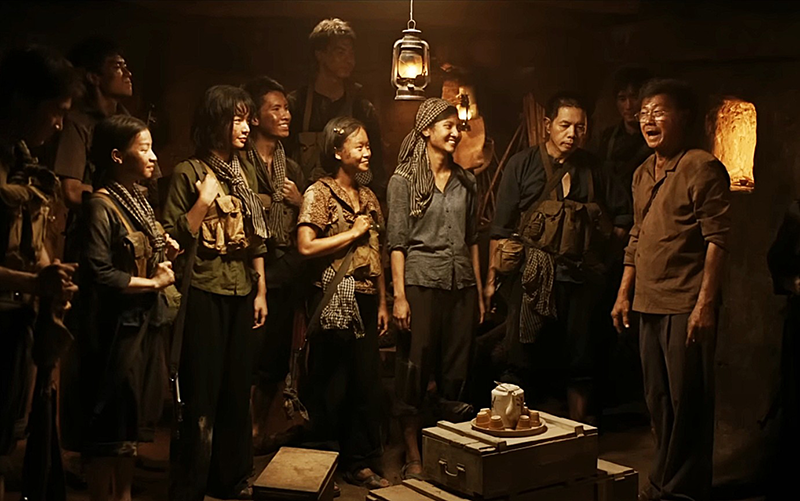
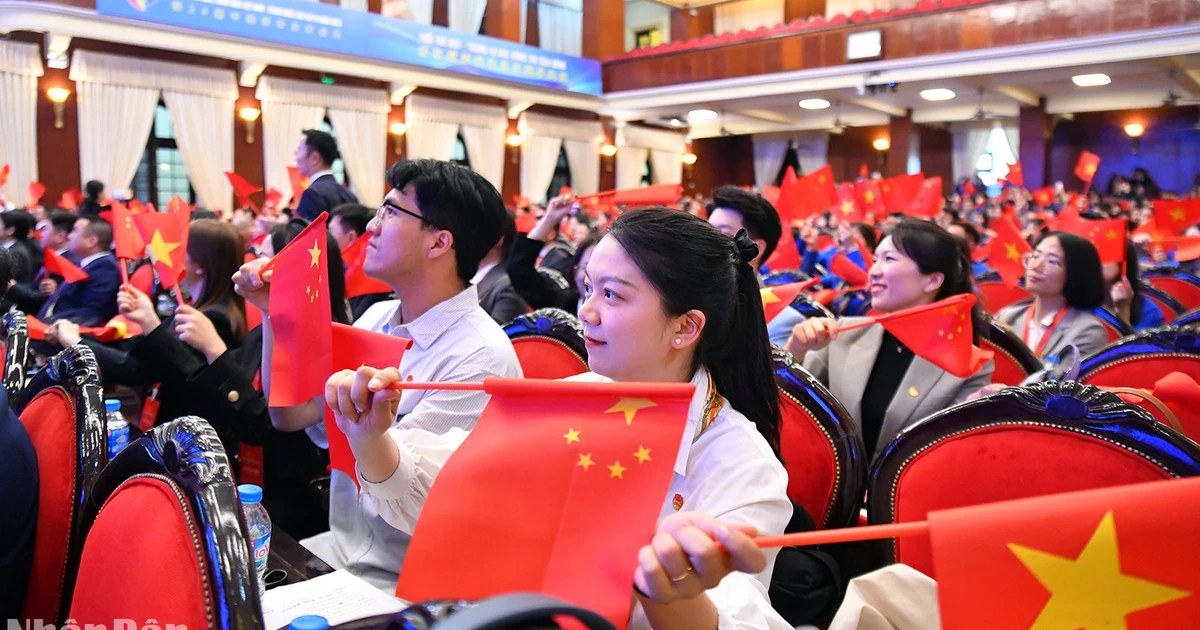
![[Photo] National Assembly Chairman Tran Thanh Man meets with General Secretary and President of China Xi Jinping](https://vstatic.vietnam.vn/vietnam/resource/IMAGE/2025/4/14/4e8fab54da744230b54598eff0070485)
![[Photo] Prime Minister Pham Minh Chinh meets with General Secretary and President of China Xi Jinping](https://vstatic.vietnam.vn/vietnam/resource/IMAGE/2025/4/14/893f1141468a49e29fb42607a670b174)
![[Photo] Ceremony to welcome General Secretary and President of China Xi Jinping on State visit to Vietnam](https://vstatic.vietnam.vn/vietnam/resource/IMAGE/2025/4/14/5318f8c5aa8540d28a5a65b0a1f70959)
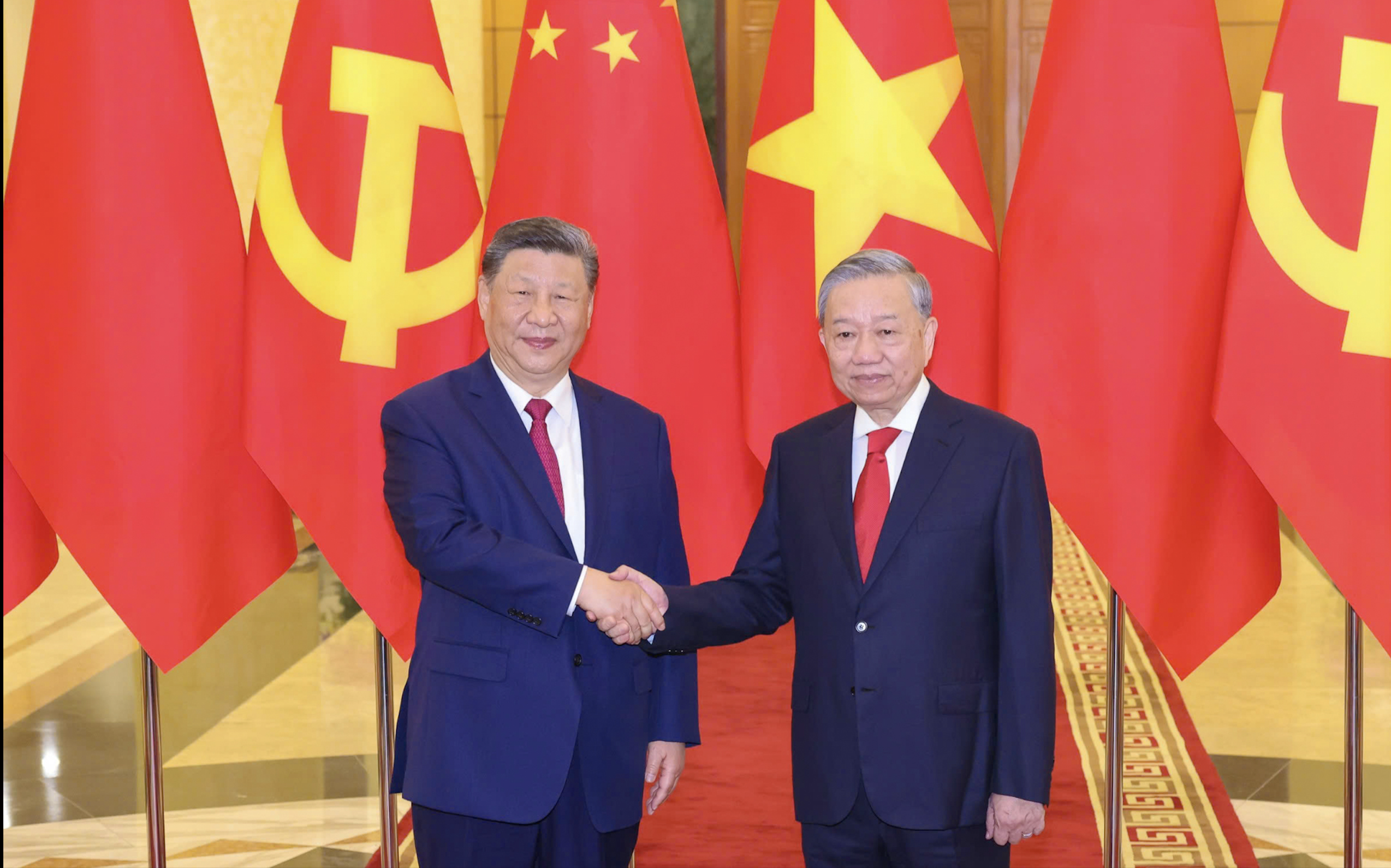
![[Photo] General Secretary To Lam holds talks with General Secretary and President of China Xi Jinping](https://vstatic.vietnam.vn/vietnam/resource/IMAGE/2025/4/14/b3d07714dc6b4831833b48e0385d75c1)

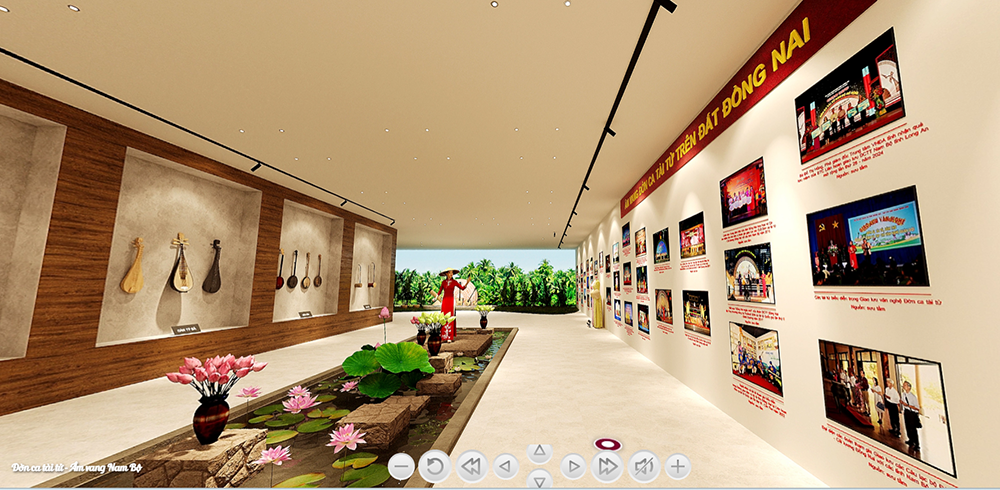
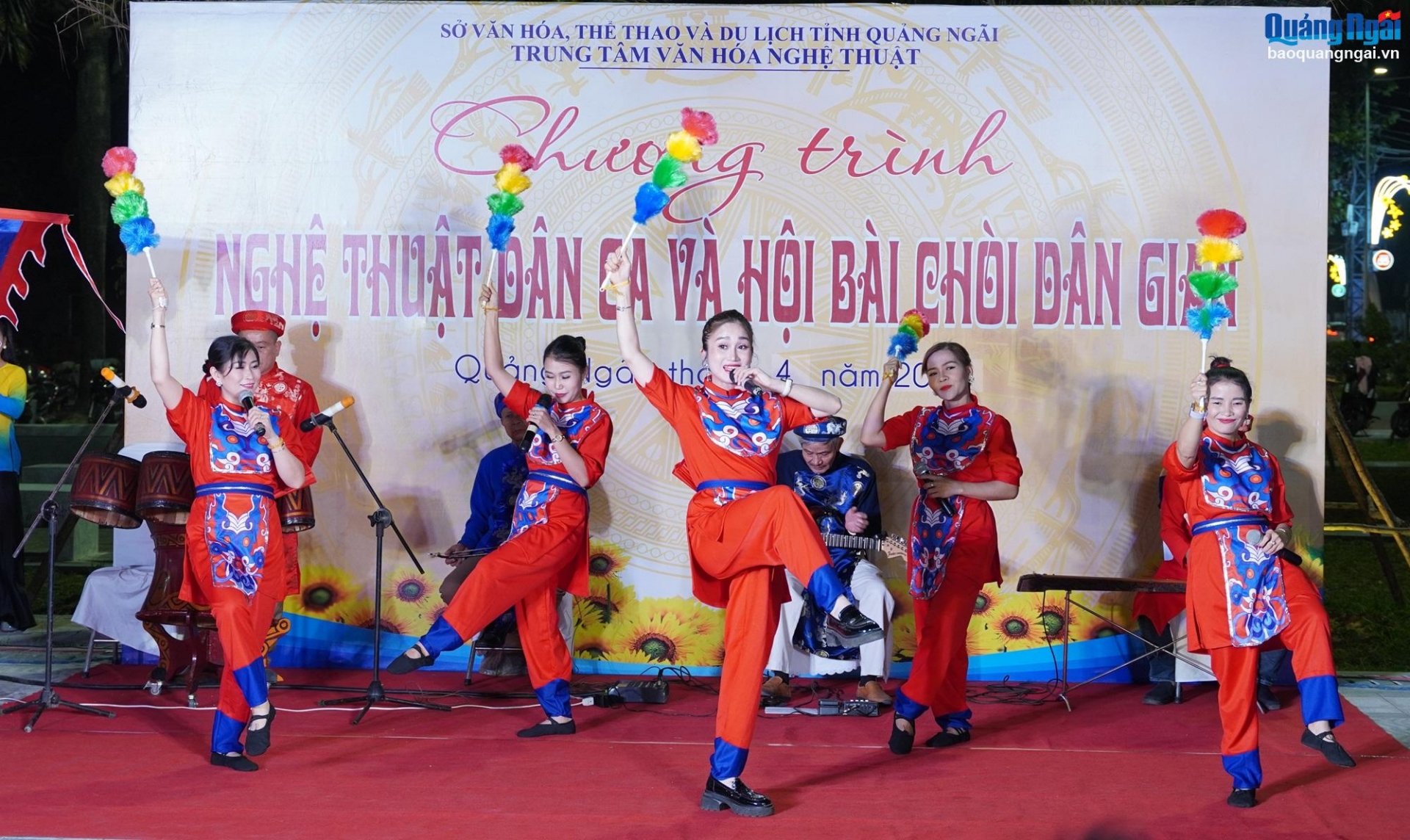
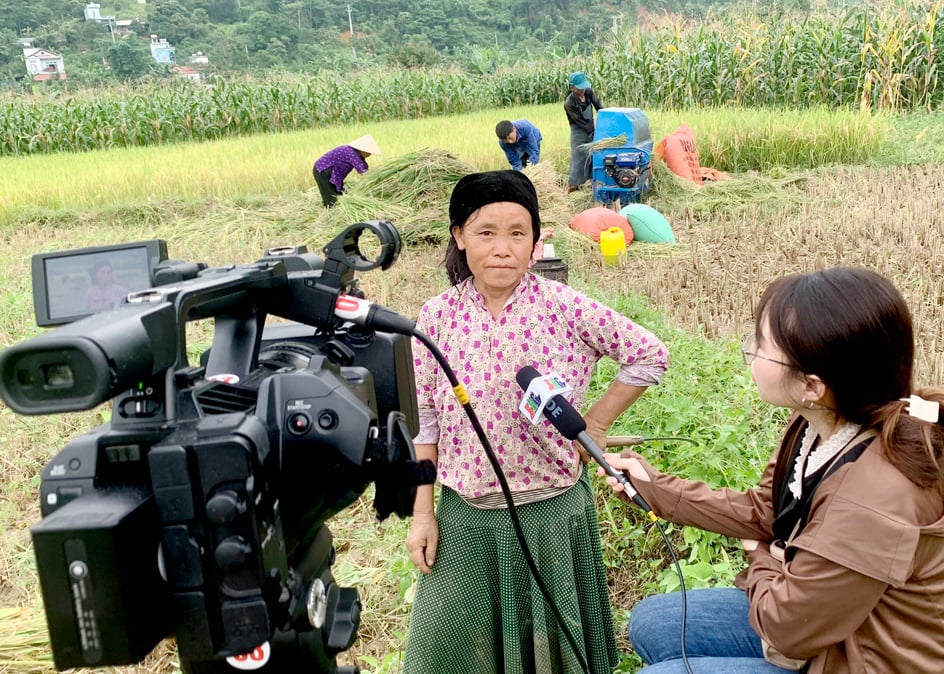
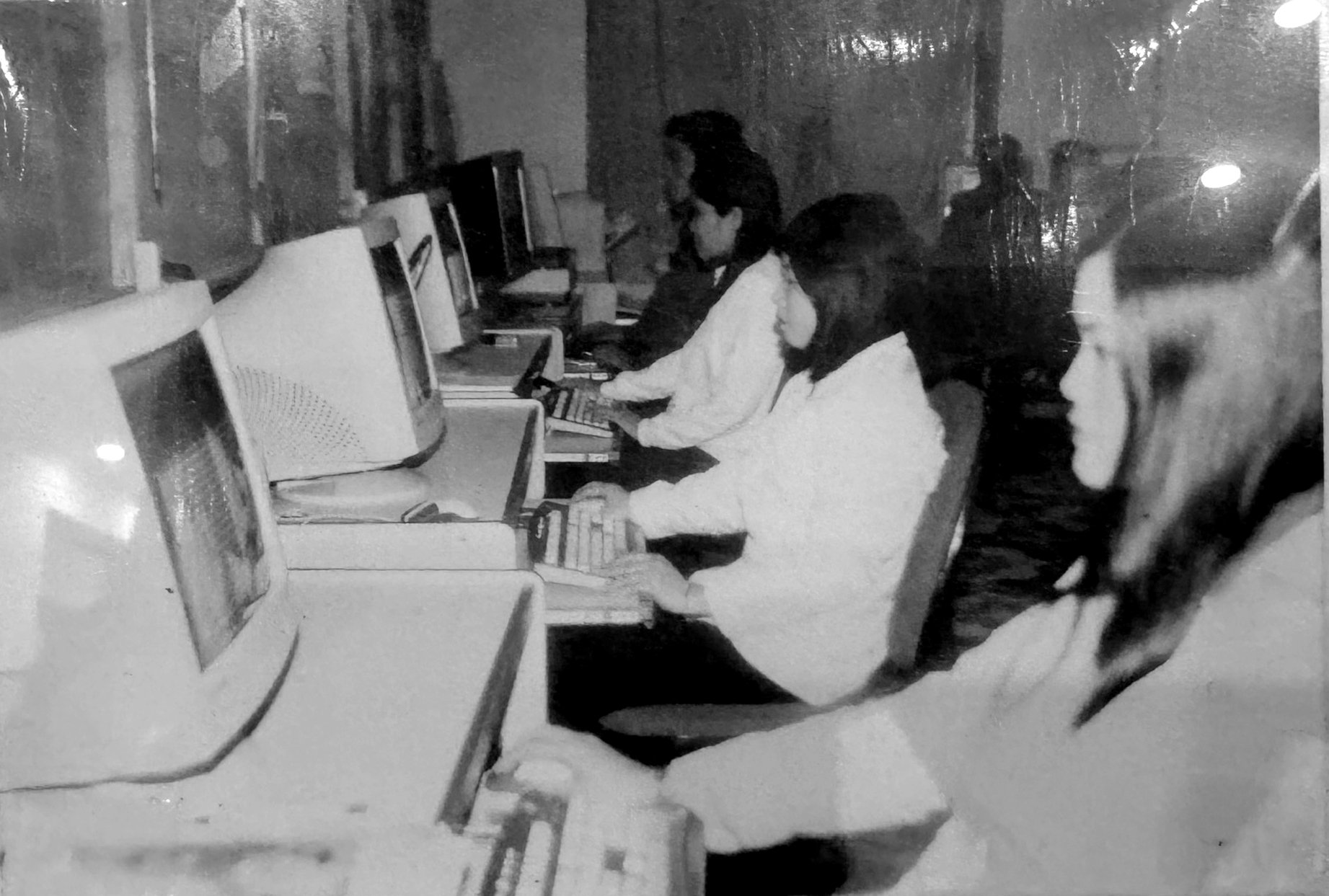
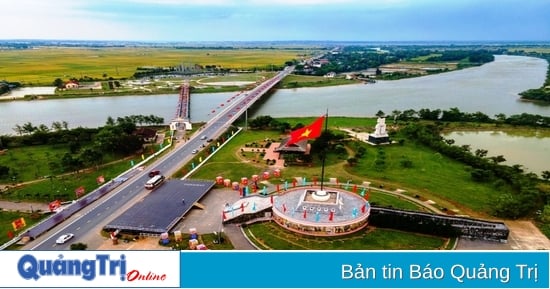
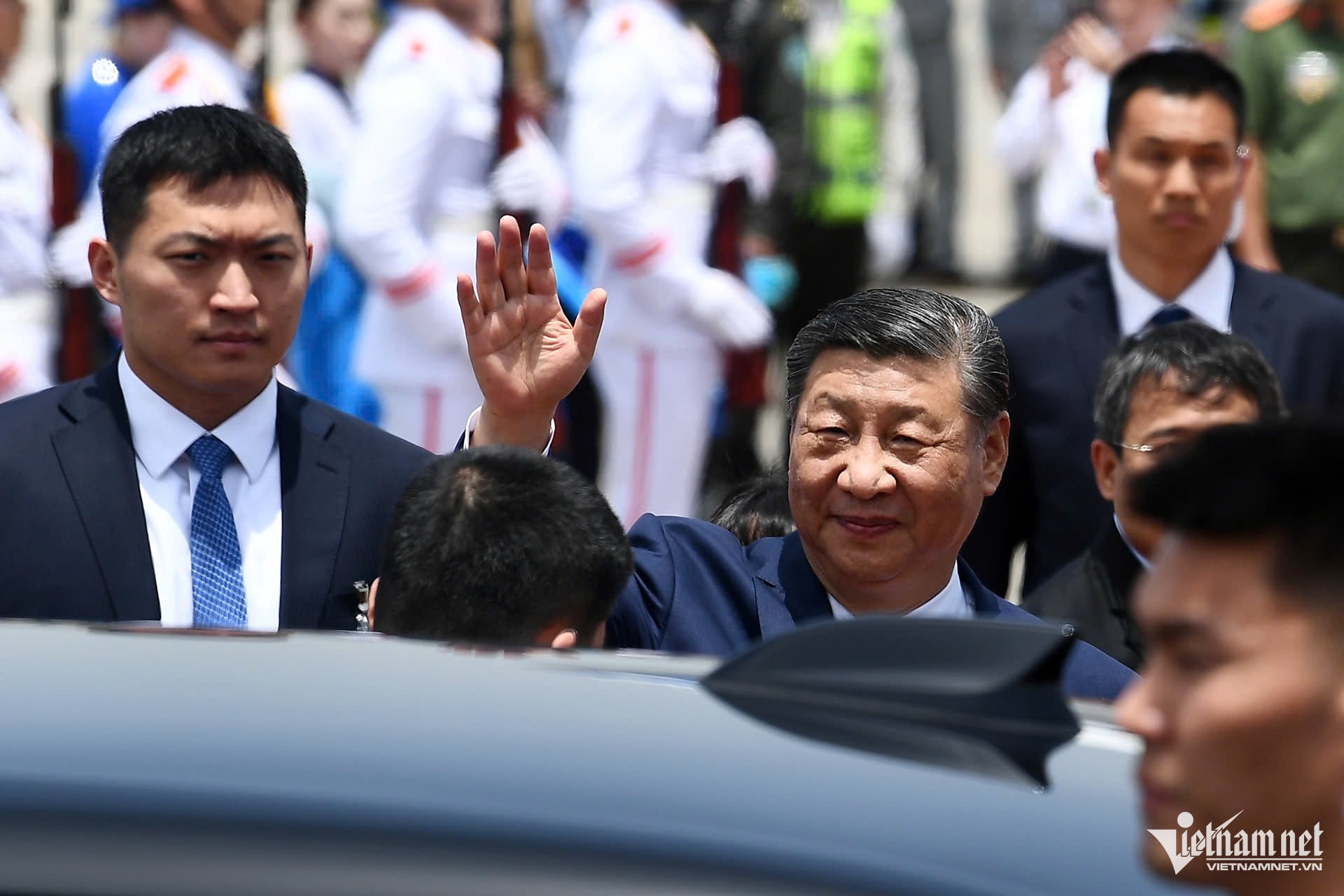
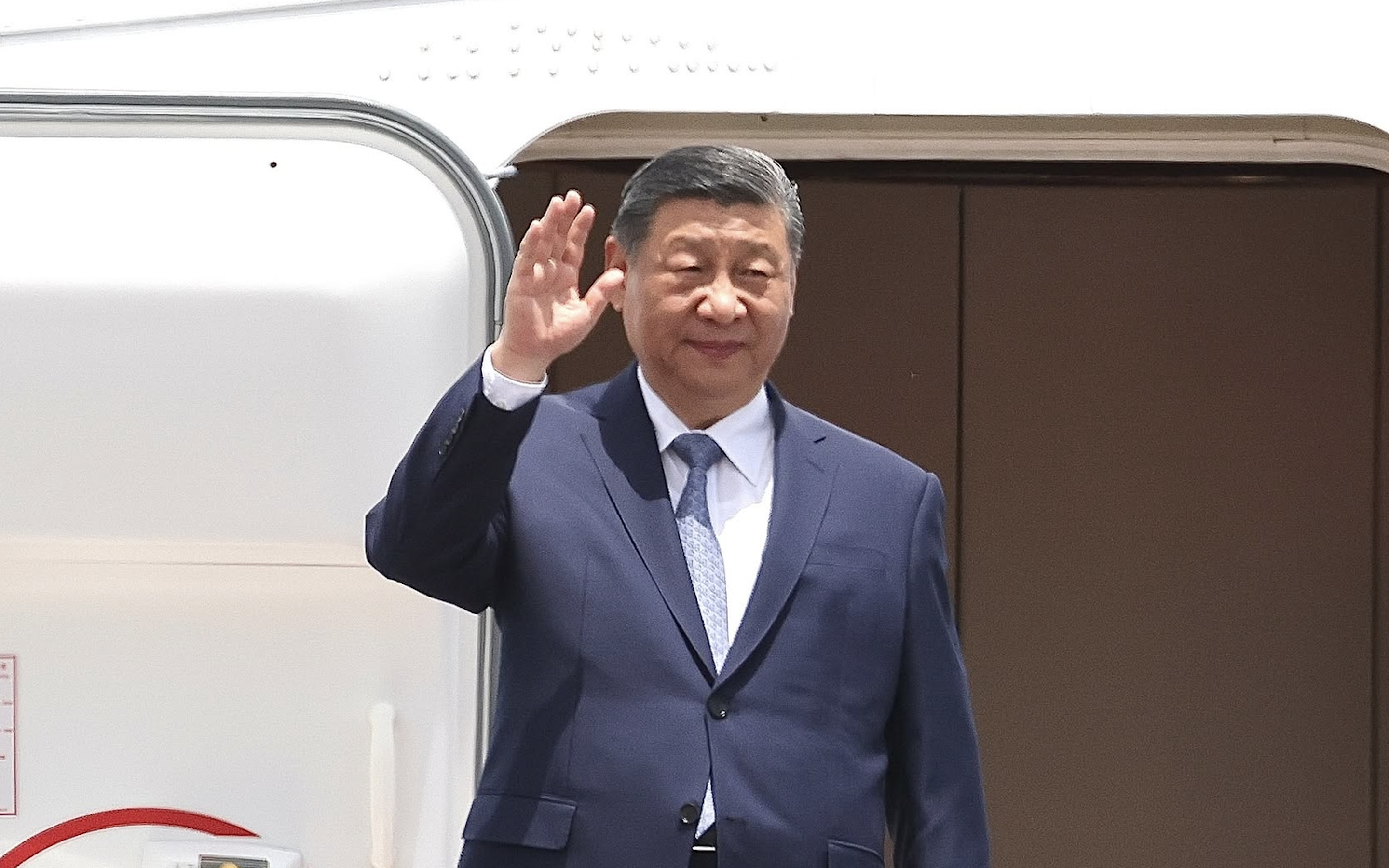

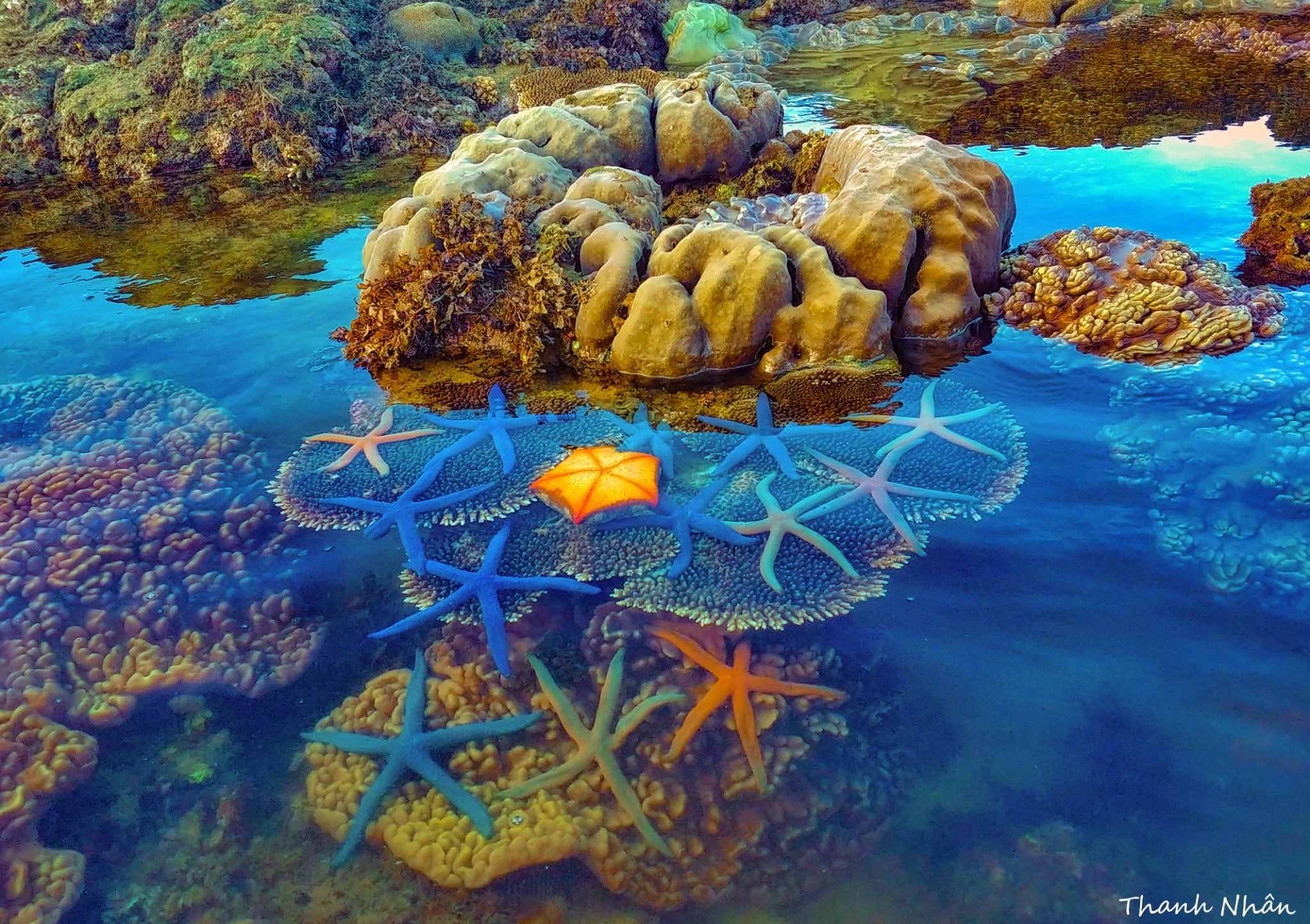
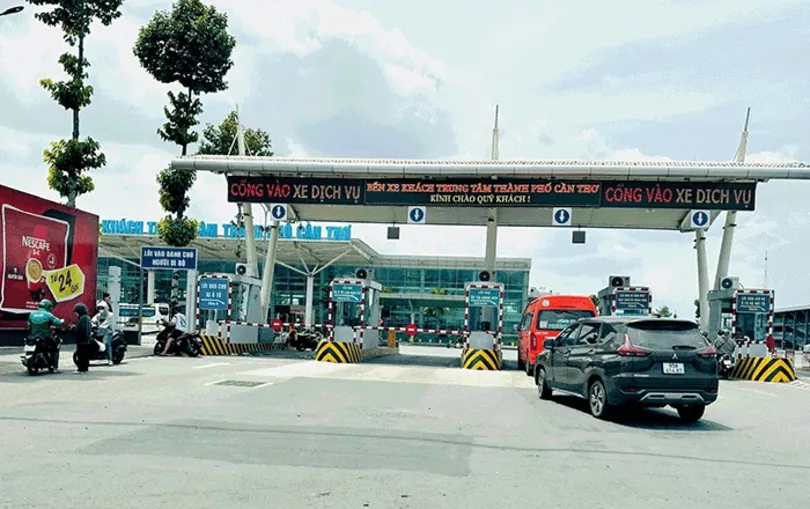

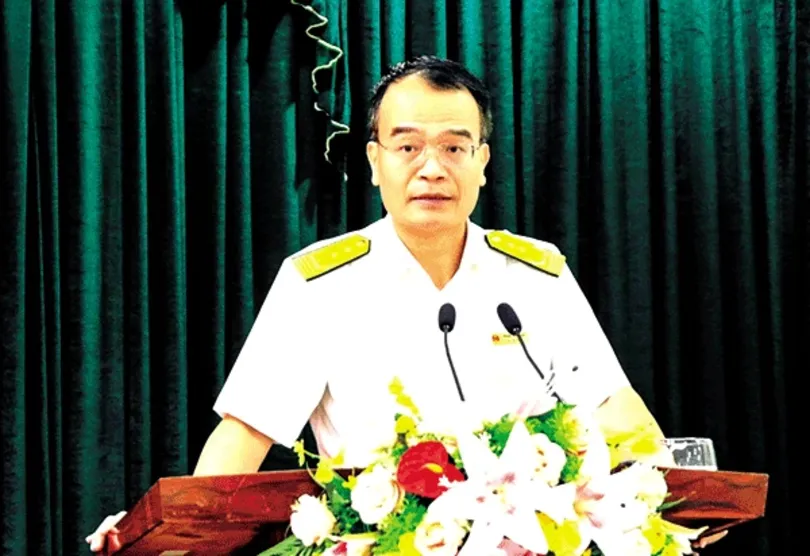
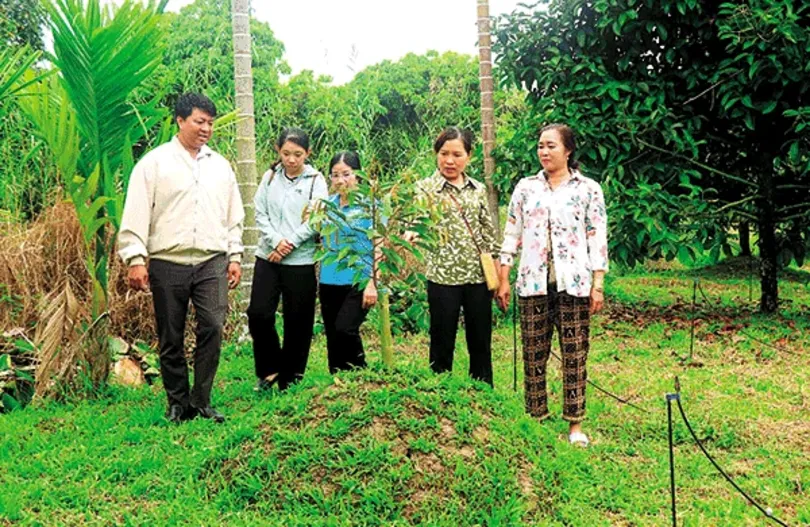


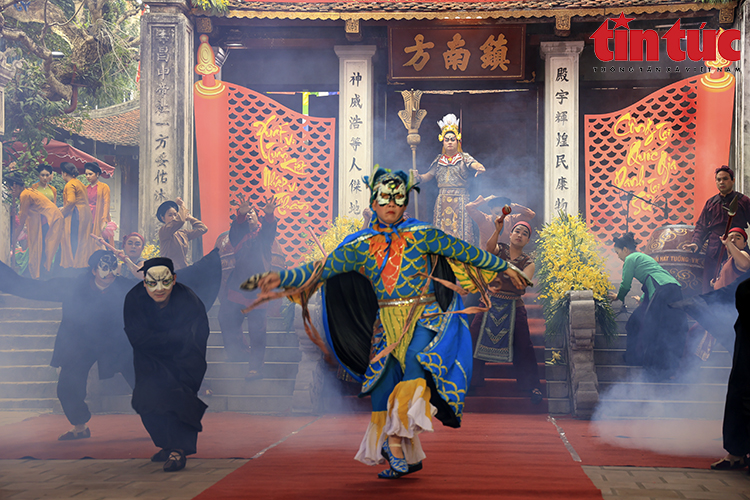

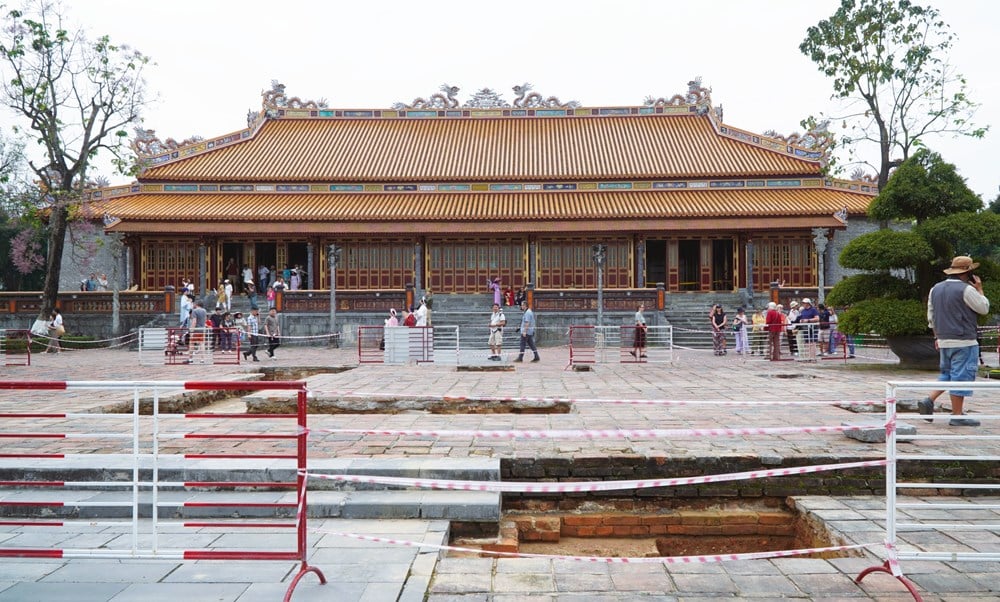

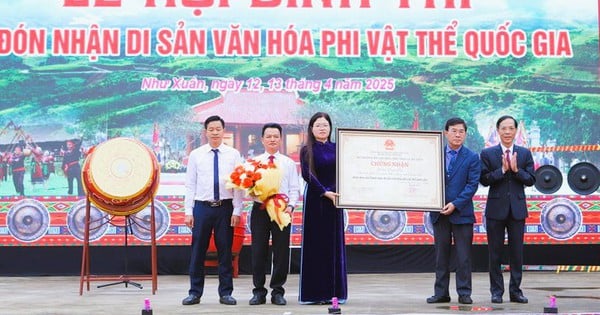


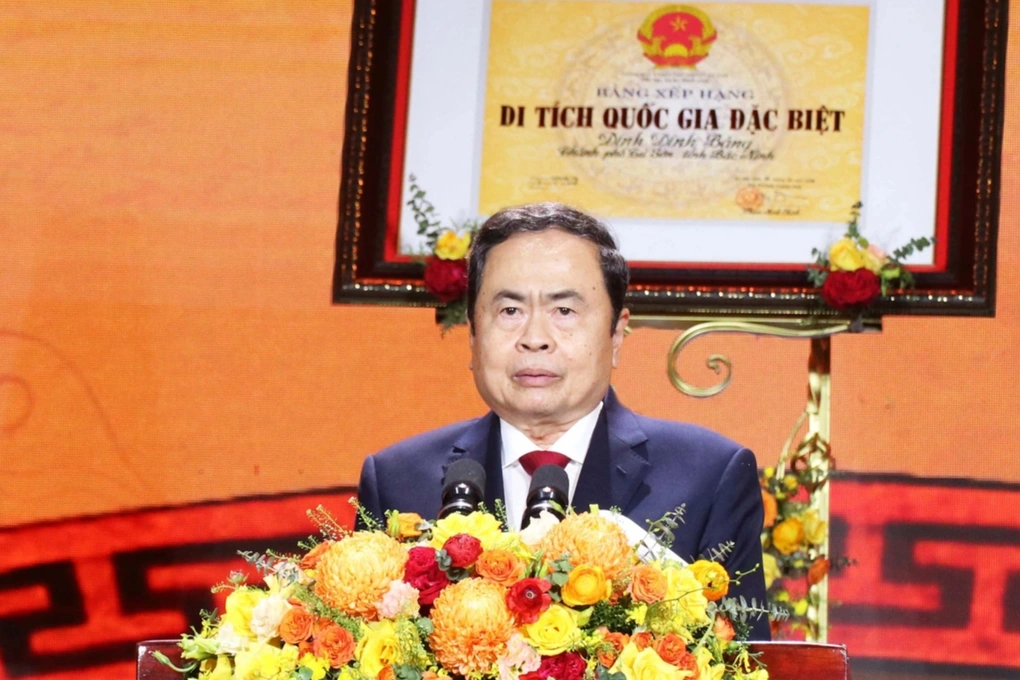

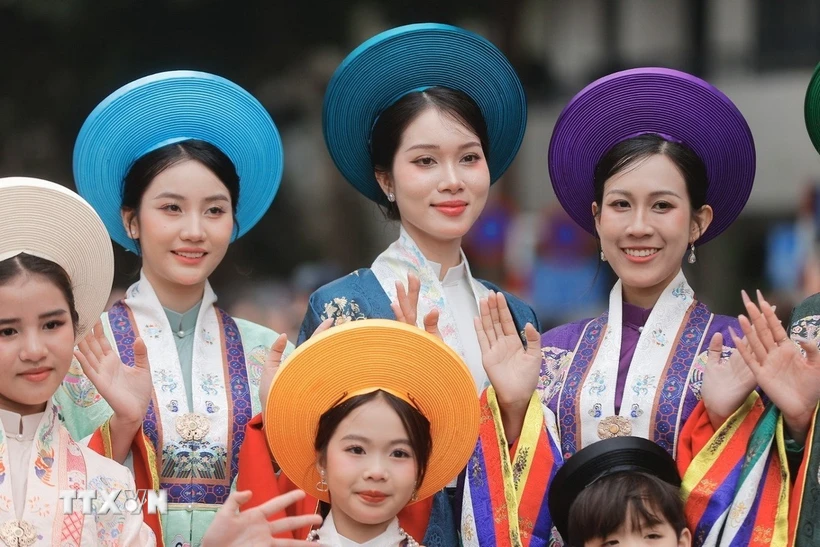

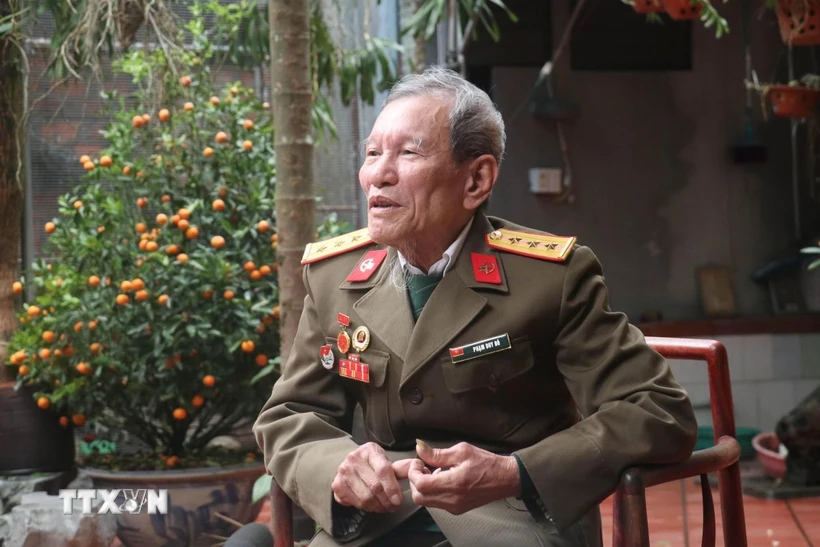
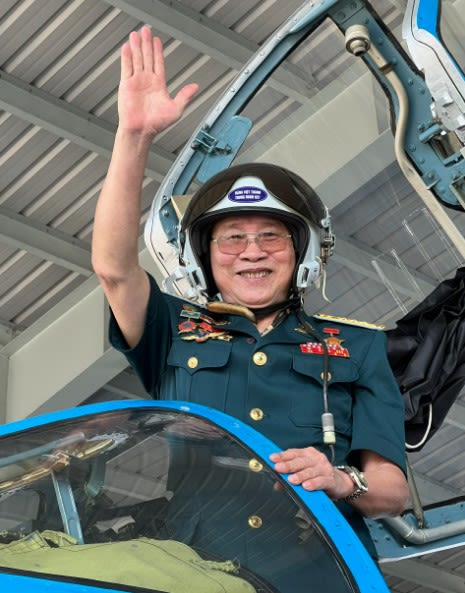


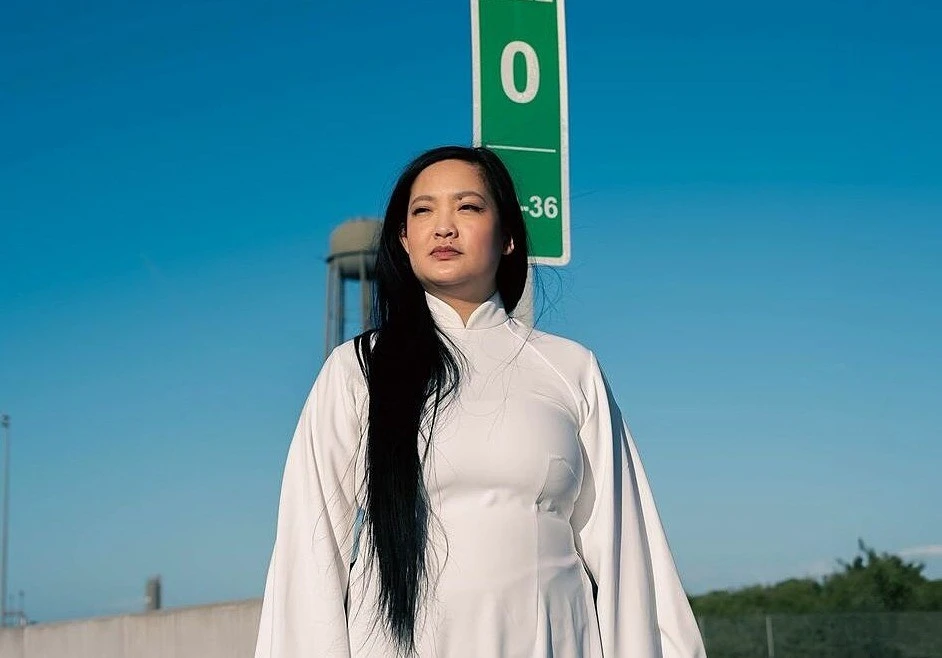












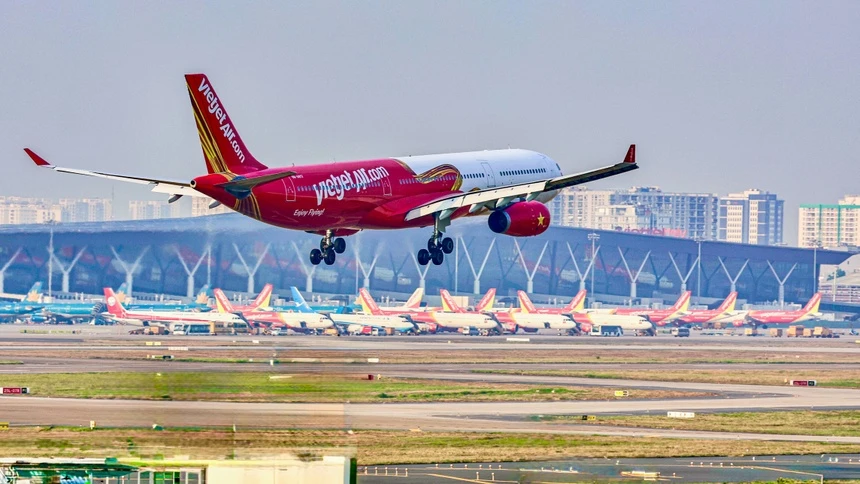

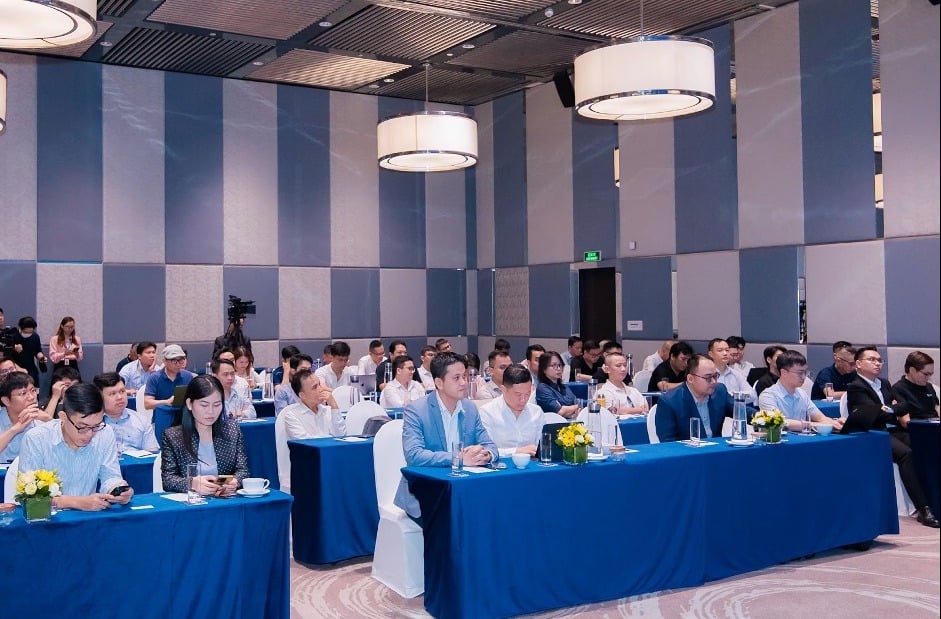

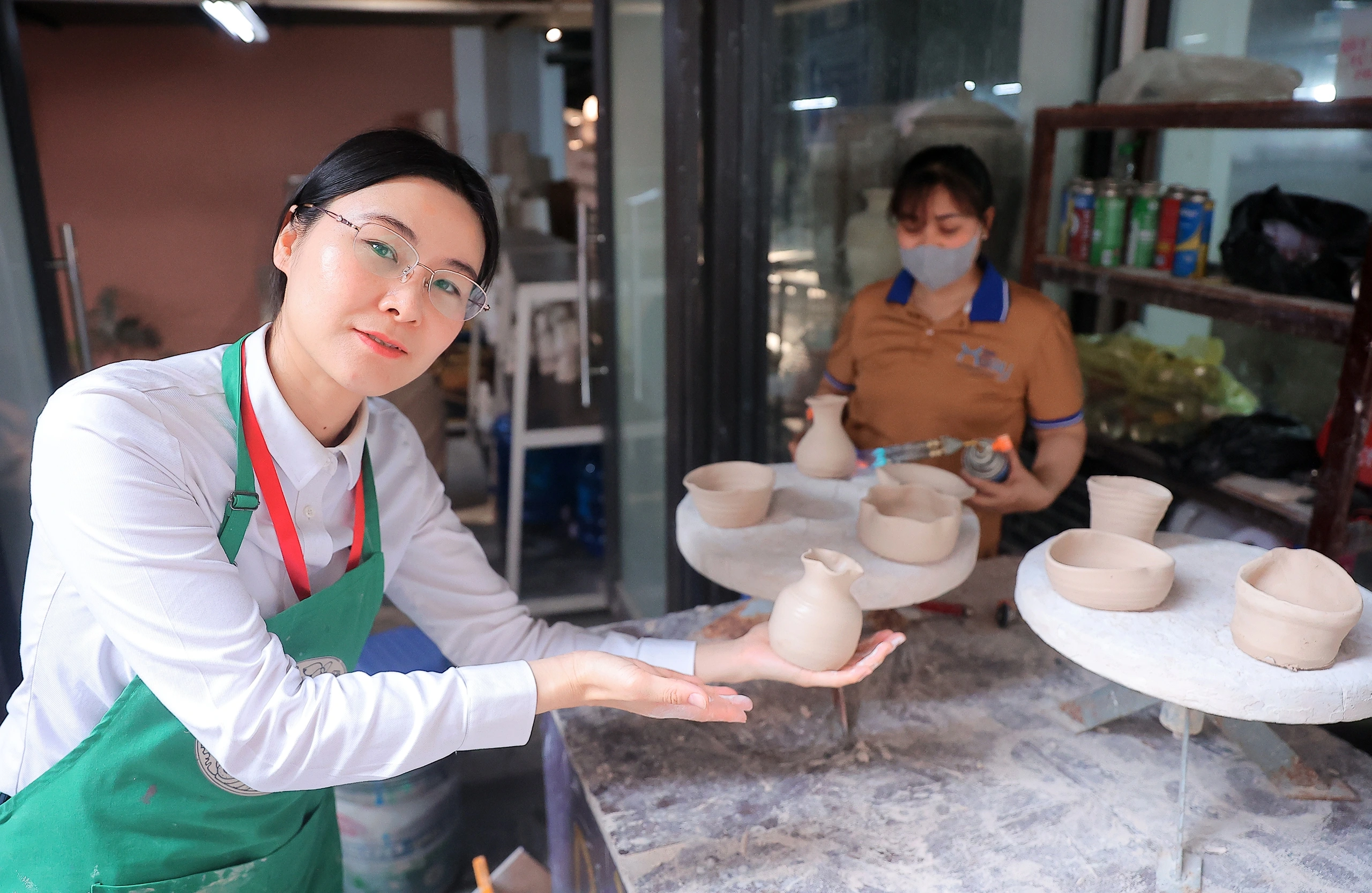

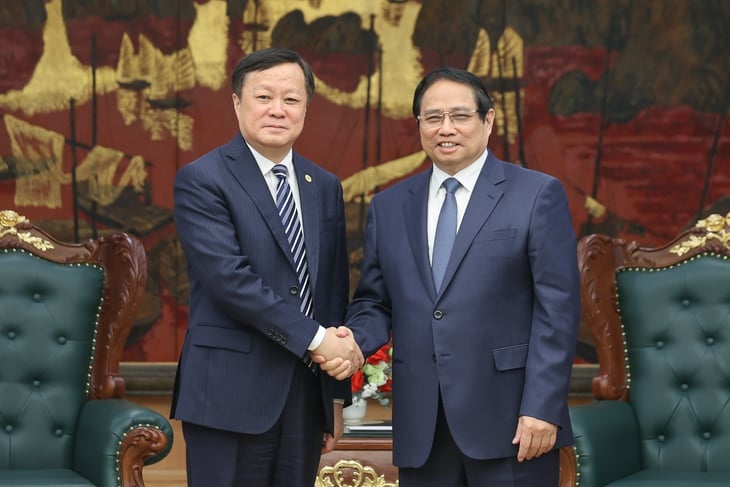
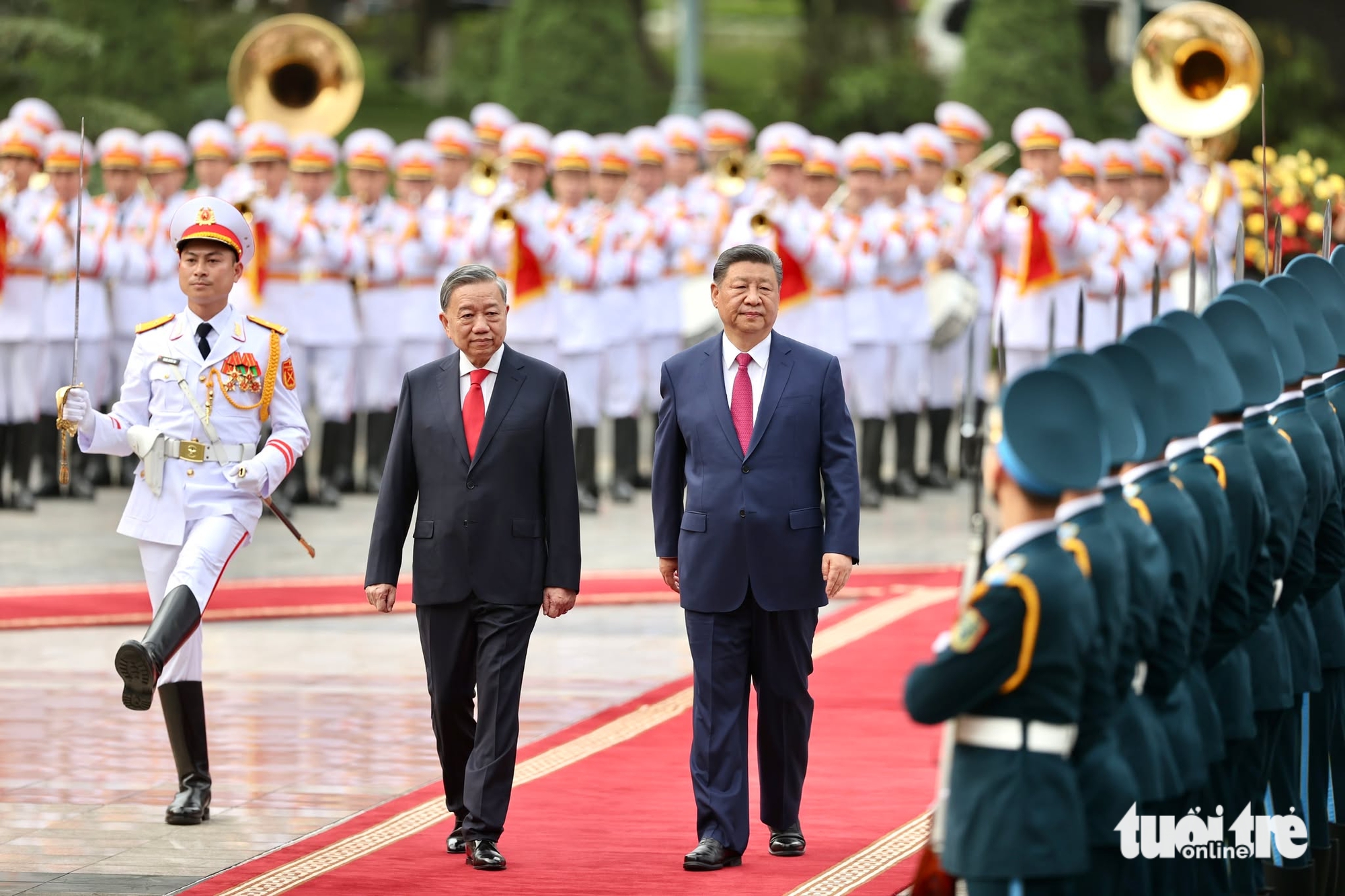
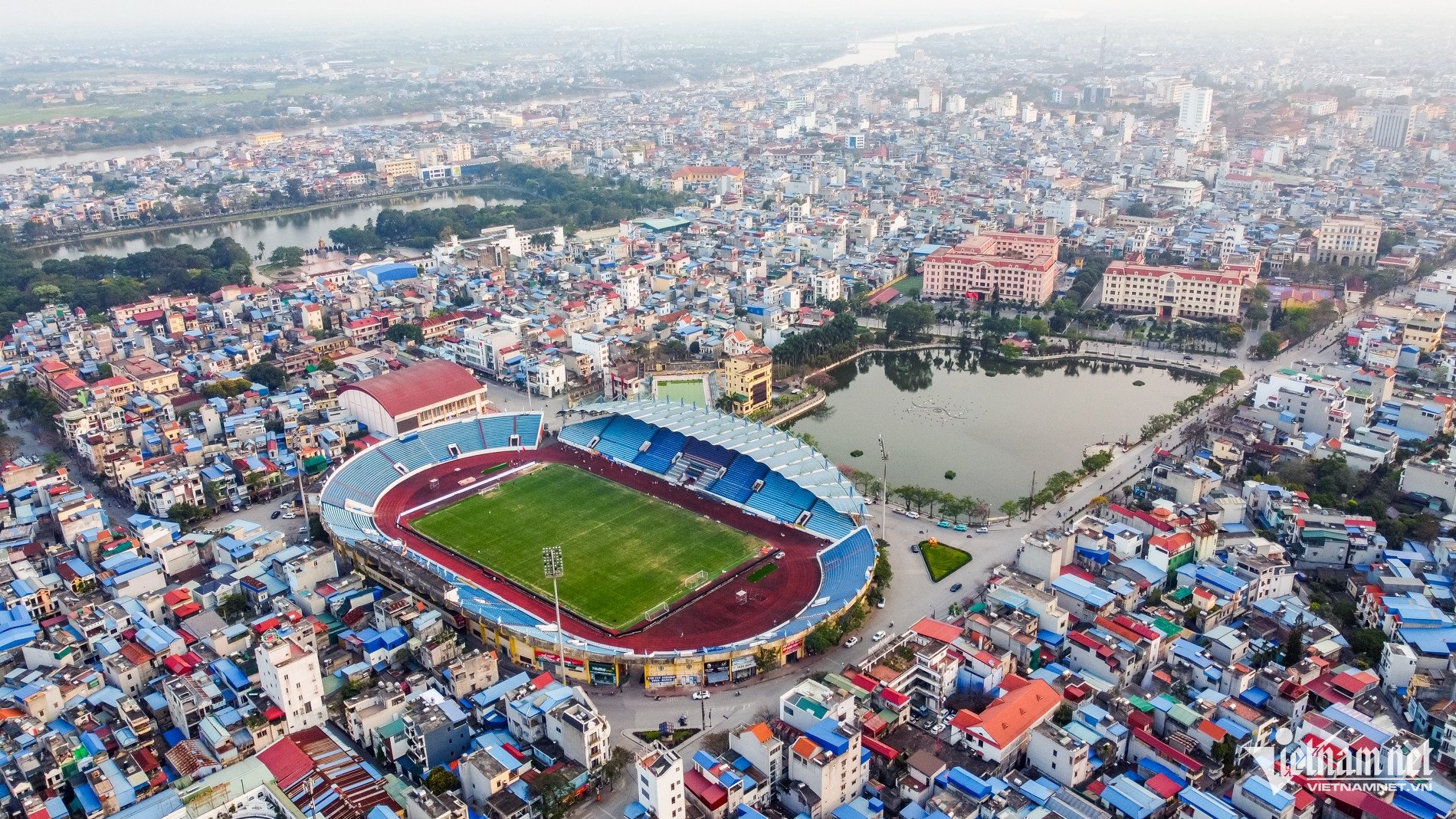
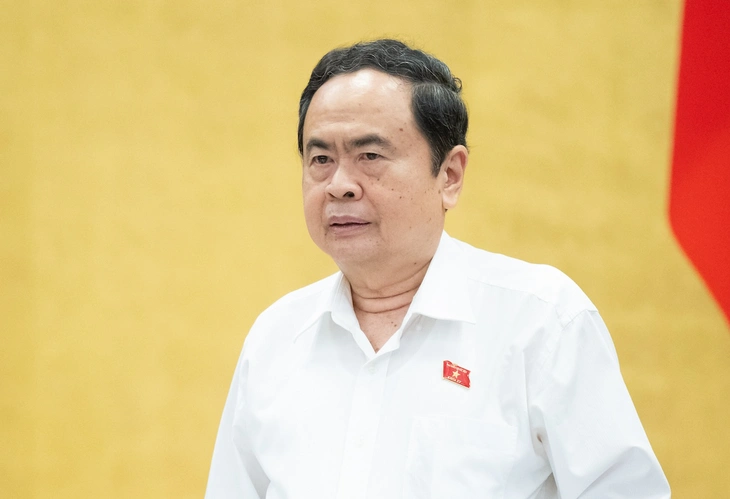
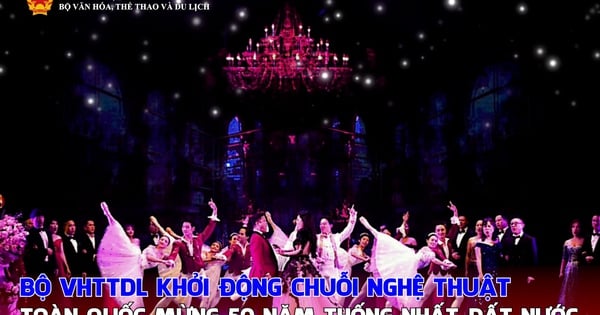

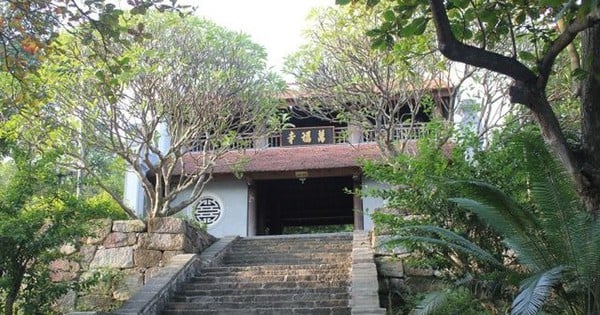
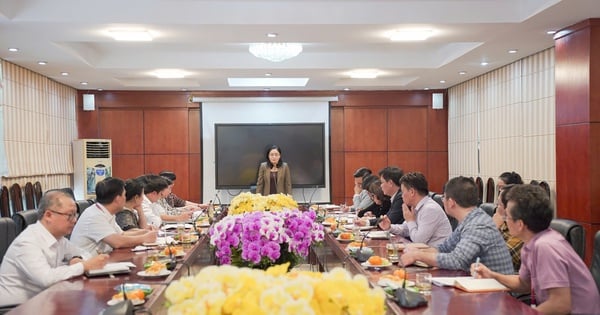
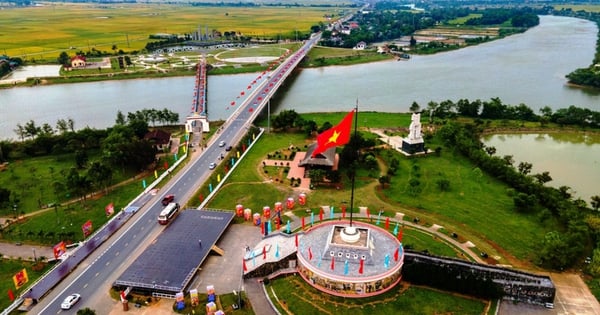
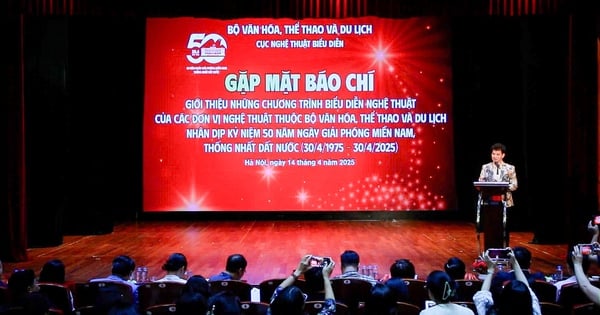
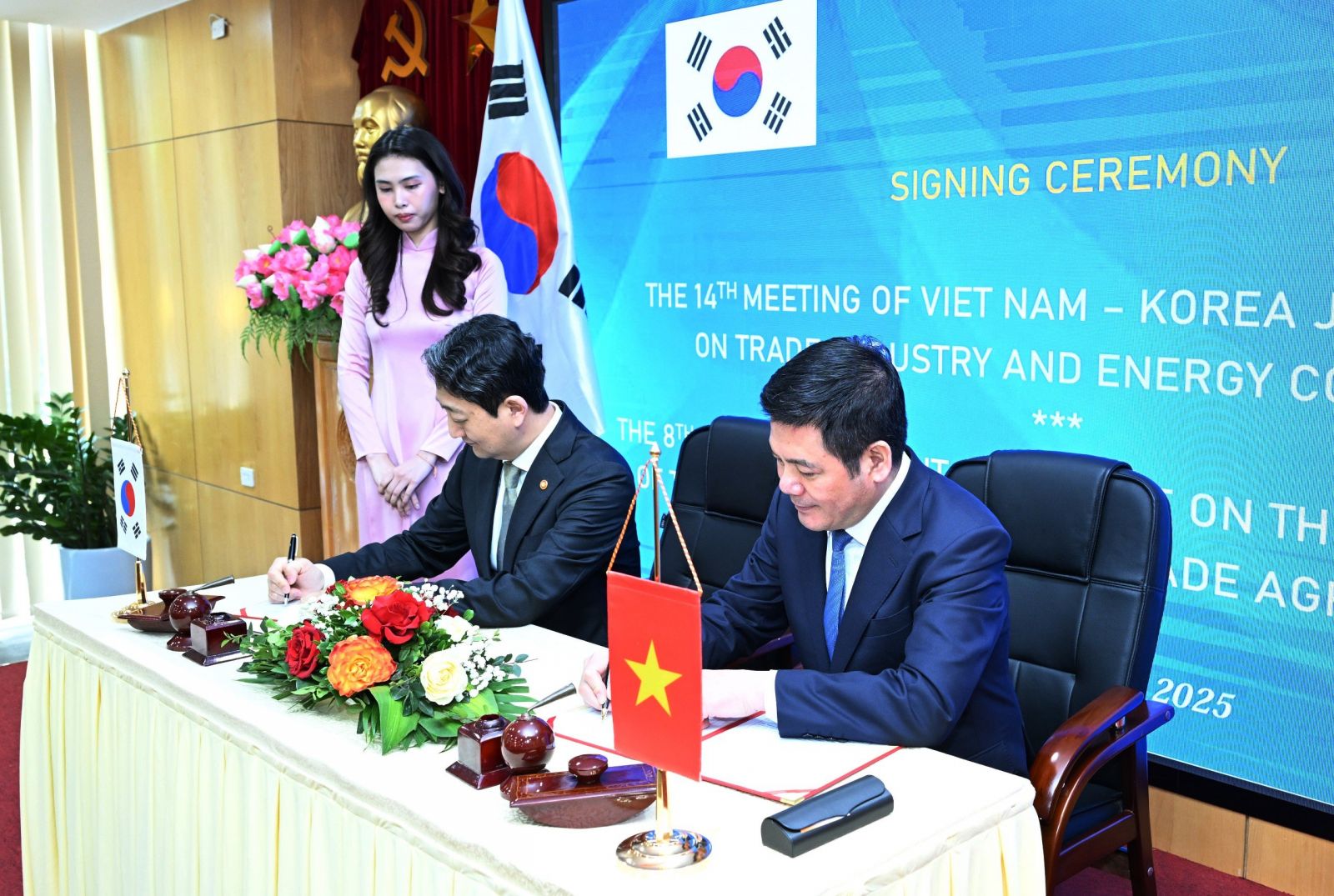


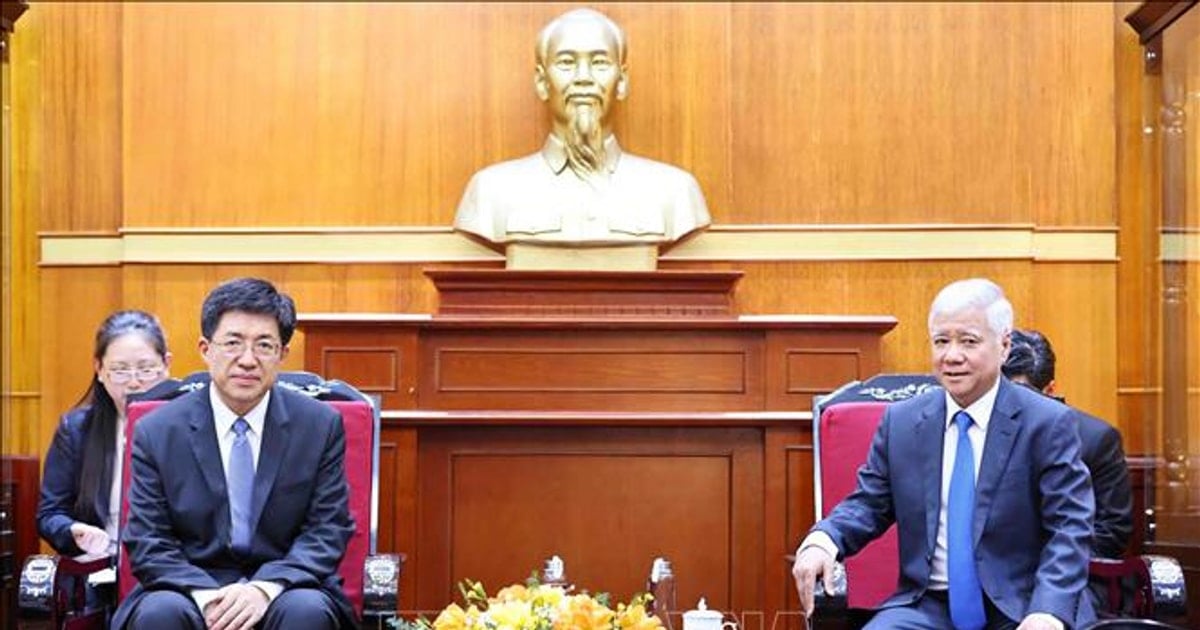

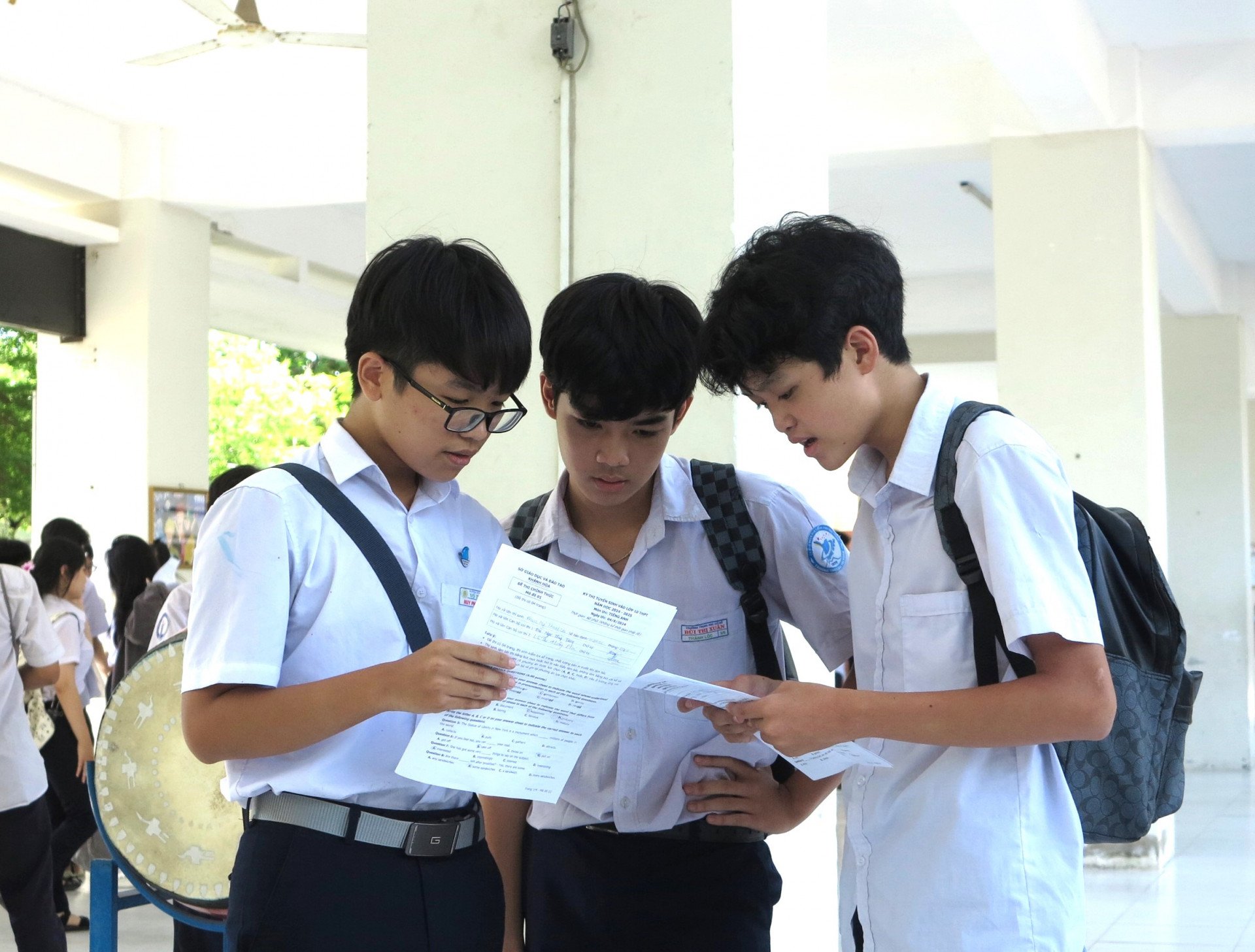

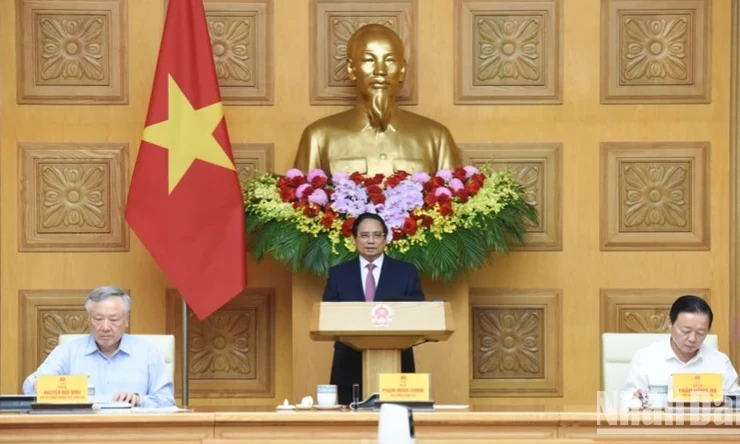
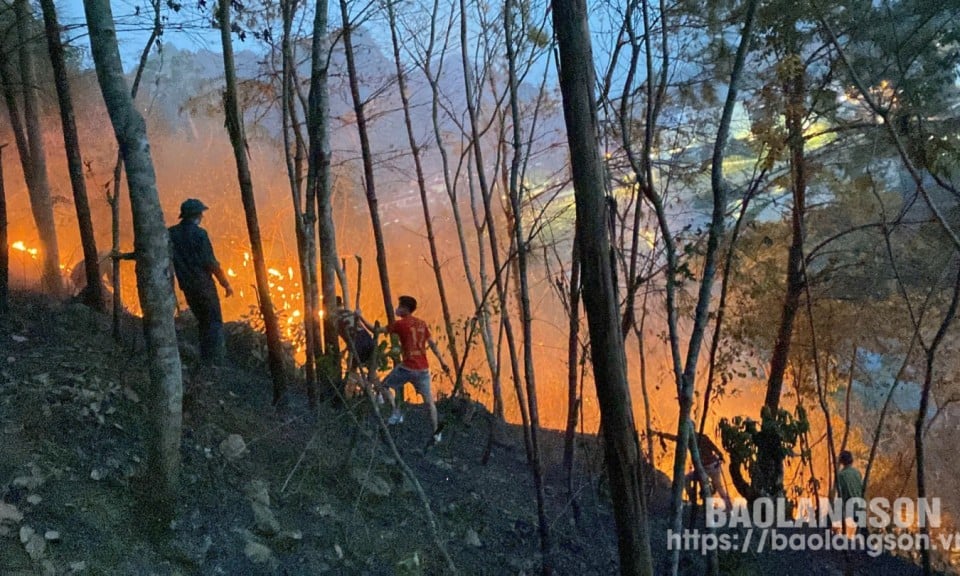

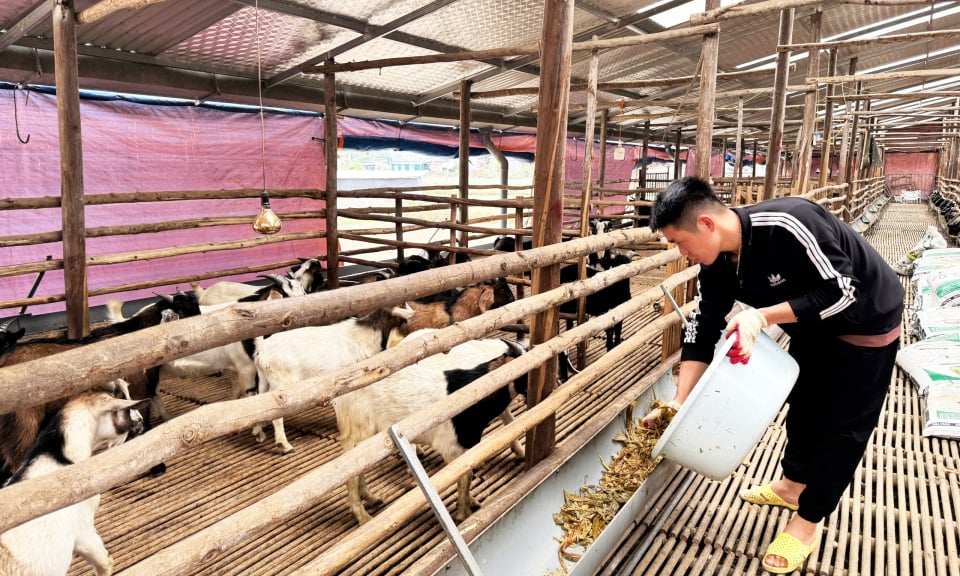








Comment (0)